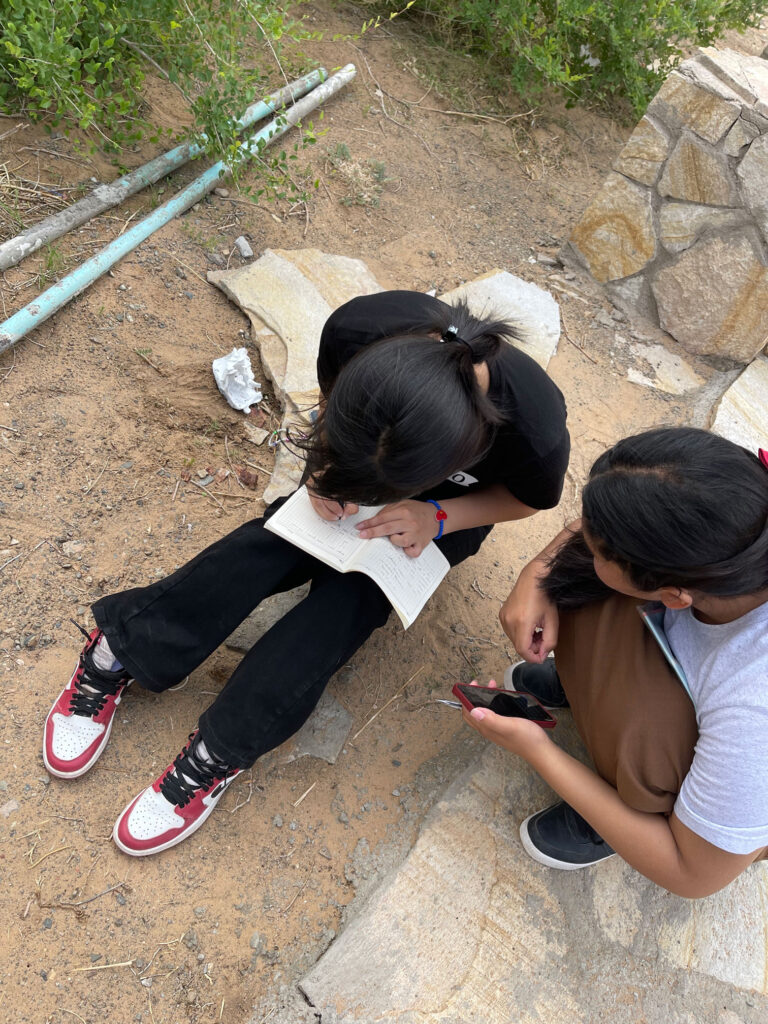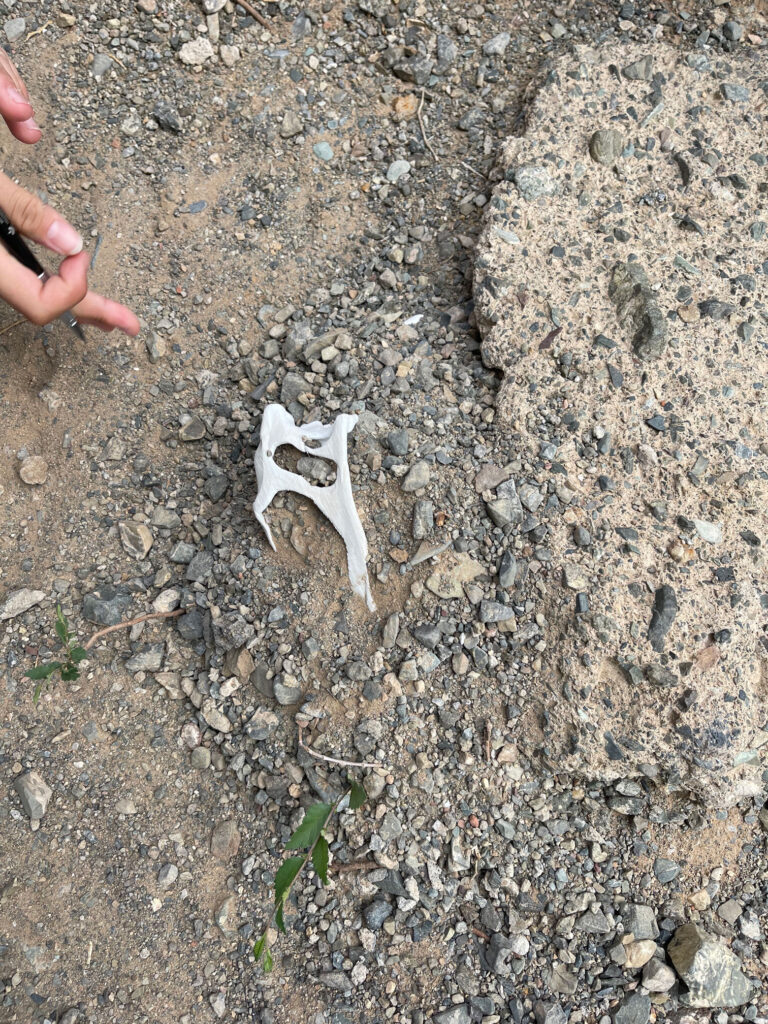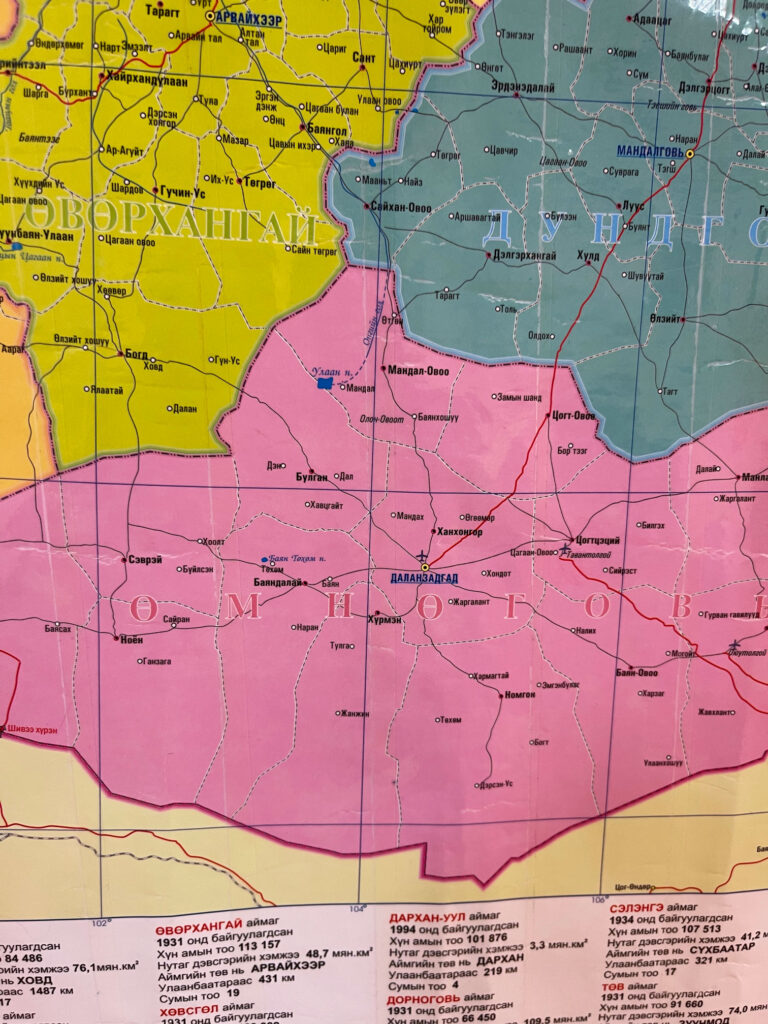
THUNK. CA-CHUNK. THUD-THUD-THUD.
Our Toyota sedan was not built for the desert. We had blown a tire, out on the remote highway from the Mongolian capital of Ulaanbaatar to the small city of Dalanzadgad, a six hour drive from north to south through the Gobi Desert.
The three of us were a team of Filipino, American, and Mongolian educators and paleontologists, heading to the Gobi to lead the summer teacher education program and student summer camp in paleontology. The pitted and desert carved highway asphalt had other plans for us.
Luckily, the people of Mongolia are generally used to this unfortunate mechanical turn of events. A quick stop from a passerby led to a change of our tire, and an invite to their rural home for the evening. Laughs and snacks were exchanged in the circular tent known as a ger, and we didn’t need a language dictionary to translate the good humor of relief and human connection.
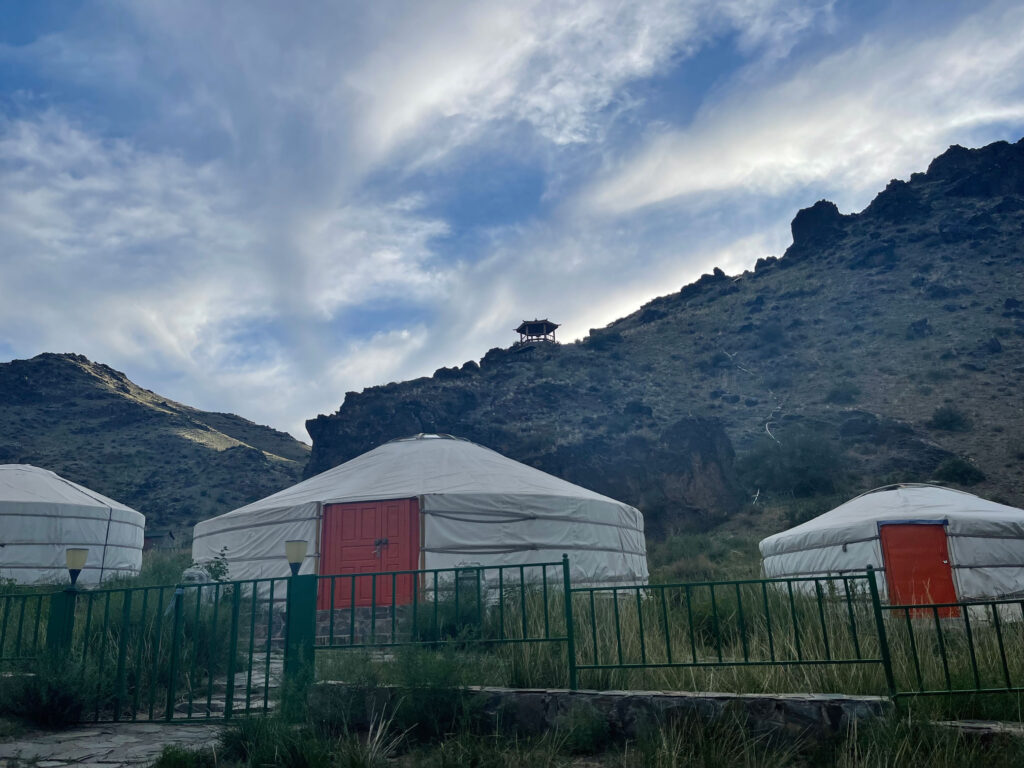
Our car experienced a total of three breakdowns like this during our three weeks in the Gobi, but it became a rite of passage on the desert highway road. When we were settled in the small town of Bulgan-sum, two hours west of Dalanzadgad city, we could begin our work at the local public school. Even then, our internet and electricity worked sporadically in this small town, and we had to pivot our plans regularly to reshape how we worked with our groups of educators and students, who had come to visit Bulgan-sum expecting days packed full of learning and collaboration.
I came to Bulgan-sum in the rural Gobi as part of a cross-cultural exchange and research trip, generously funded by UCMP and the Institute for the Study of Mongolian Dinosaurs. Our team had two goals:
- To foster cultural, educational, and linguistic connection between Mongolian and English-speaking educators, students, and scientists, and
- To educate one another on our understanding of vertebrate paleontology in and around Bayanzag, the Flaming Cliffs of Mongolia.
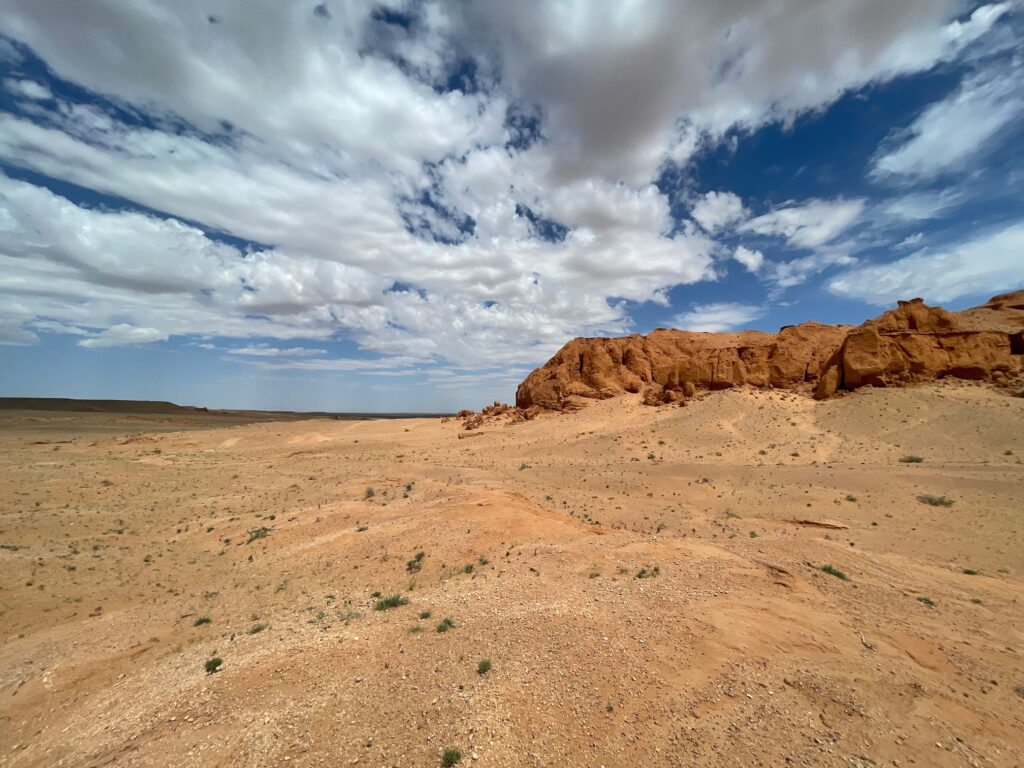
Over the three weeks of my visit, I was able to lead and co-instruct courses on defining a dinosaur, how to create paleontology field notes, and an overview of the basic geology of the famous Flaming Cliffs. We ran courses in the ISMD’s Teacher Training Program and the Young Scientists Program for middle- and high-school students from the rural Gobi. Students created multimedia videos explaining the paleontology and history of the Flaming Cliffs, culminating in a town-wide documentary viewing party. I also began aspects of my research work in the perceptions of field paleontology and disability in science education for a multilingual audience.
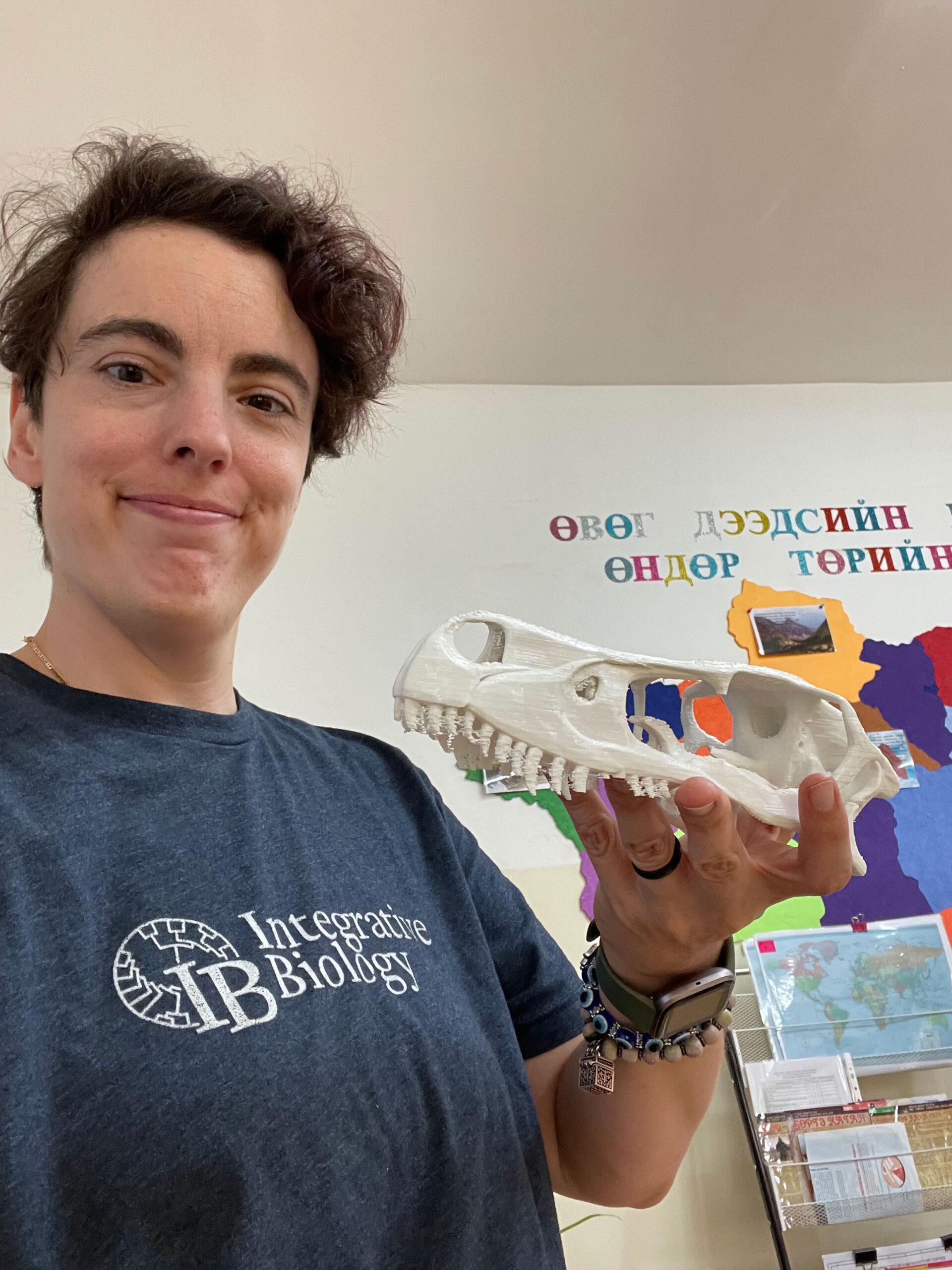
Through this program, I grew immensely as an educator and a scientist. From teaching field geology while hiking the red sandstone of the Flaming Cliffs, to discussing education techniques and research techniques with a mixture of global educators and scientists, to simply navigating the trip across the globe, this experience is one I’ll never forget.
The Institute for the Study of Mongolian Dinosaurs, founded in 2007 by Dr. Bolortsetseg Minjin at the American Museum of Natural History, seeks to foster cross-cultural understanding and connection between Mongolian and global paleontologists, and to help the next generations of Mongolian paleontologists and geoscientists to network and find their careers.
Like any journey in life, becoming a paleontologist can come with its own flat tires and bumps in the road. Being a small part of a network of cultural exchange like the one forged between UCMP and ISMD can help smooth the pavement for Mongolian students and teachers whose perspectives are going to help shape the narrative of paleontology’s future. As scientists, we recognize that some roads are paved smoother than others by default, and we can build a more equitable and inclusive paleontological community by co-creating these in-roads.
It was a true privilege to visit and work with the excellent Mongolian teachers, students, and educators during this research and educational experience, and I hope more UCMP community members can help us achieve a lasting connection with ISMD.
With the support from these connections and from those remote desert highways of the Gobi, we can look back at our collaborative efforts together and wish our supporters a sincere, Баярлалаа [Bayr-laa] (thank you)!
